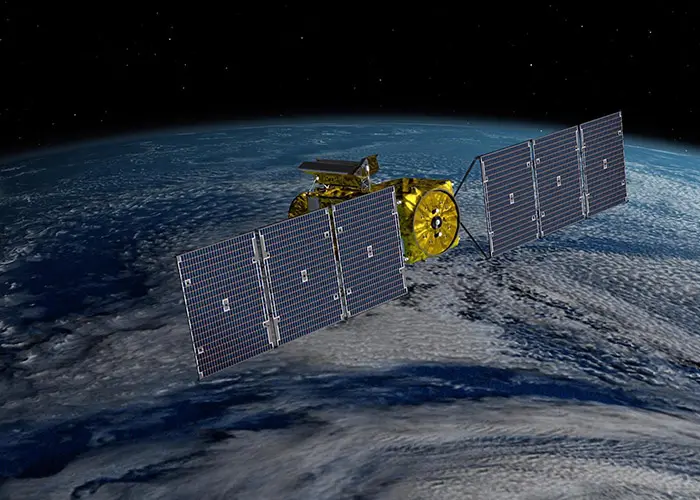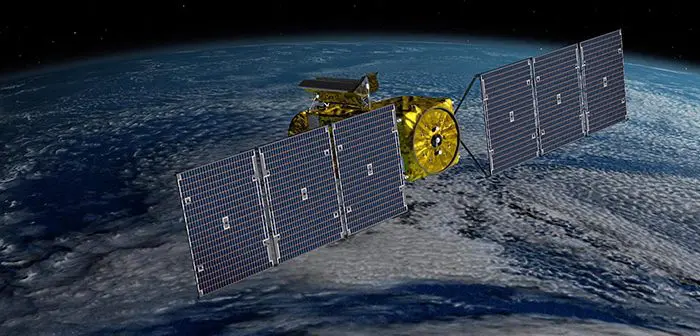
NASA has selected Lockheed Martin Corporation to build the spacecraft for NOAA’s Geostationary Extended Observations (GeoXO) satellite program. NASA made the choice on behalf of the National Oceanic and Atmospheric Administration (NOAA)
This cost-plus-award-fee contract is valued at approximately USD2.27 billion. It includes the development of three spacecraft plus four options for additional spacecraft. The anticipated performance period for this contract includes support for ten years of on-orbit operations and five years of on-orbit storage, for a total of 15 years for each spacecraft.
The work will take place at Lockheed Martin’s facility in Colorado and NASA’s Kennedy Space Center in Florida.
The GeoXO constellation will include three operational satellites — east, west and central. Each geostationary, three-axis stabilised spacecraft is designed to host three instruments. The centrally-located spacecraft will carry an infrared sounder and atmospheric composition instrument and can also accommodate a partner payload. Spacecraft in the east and west positions will carry an imager, lightning mapper, and ocean colour instrument.
They will also support an auxiliary communication payload for the NOAA Data Collection System relay, dissemination, and commanding.
The contract scope includes the tasks necessary to design, analyse, develop, fabricate, integrate, test, evaluate, and support launch of the GeoXO satellites; provide engineering development units; supply and maintain the ground support equipment and simulators; and support mission operations at the NOAA Satellite Operations Facility in Maryland.
NASA and NOAA oversee the development, launch, testing, and operation of all the satellites in the GeoXO program. NOAA funds and manages the program, operations, and data products. On behalf of NOAA, NASA and commercial partners develop and build the instruments and spacecraft and launch the satellites.
As part of NOAA’s constellation of geostationary environmental satellites to protect life and property across the Western Hemisphere, the GeoXO program follows the Geostationary Operational Environmental Satellites – R (GOES-R) Series Program.
The GeoXO satellite system will advance Earth observations from geostationary orbit. The mission will supply vital information to address major future environmental challenges in support of weather, ocean, and climate operations in the United States. The advanced capabilities from GeoXO will help assess planetary changes and the evolving needs of the nation’s data users. Together, NASA and NOAA are working to ensure GeoXO’s critical observations are in place by the early 2030s when the GOES-R Series nears the end of its operational lifetime.





